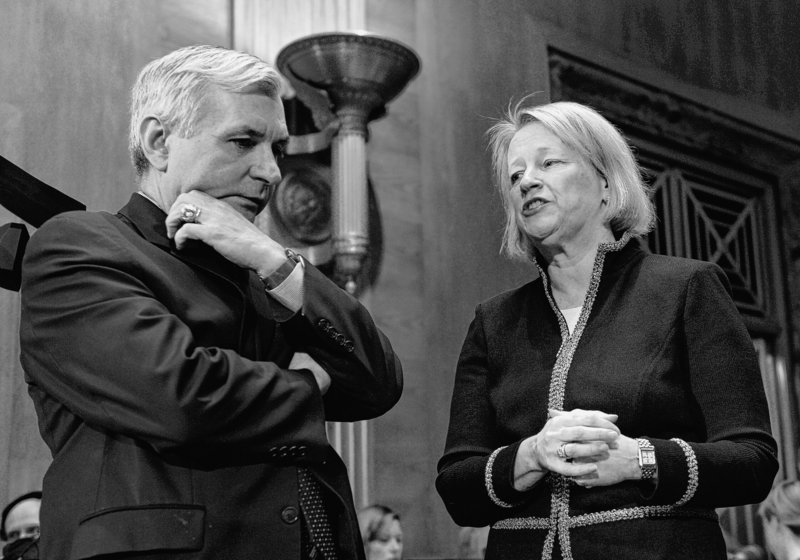WASHINGTON – Federal regulators are extending, for four months, the curbs put in place after the May 6 market plunge that briefly halt trading of some stocks that make big price swings.
The Securities and Exchange Commission on Thursday approved the request of major U.S. exchanges to extend through April 11 the so-called “circuit breakers” which, in a six-month pilot program, would have ended today. Under the rules, trading of any Standard & Poor’s or Russell 1000 stock that rises or falls 10 percent or more within a five-minute span is halted for five minutes.
The circuit breakers were installed to help prevent another disruption like the “flash crash” in May, which saw the Dow Jones industrial average drop nearly 1,000 points in less than a half-hour. SEC Chairwoman Mary Schapiro has said they have worked well but “may need to be further enhanced.”
Schapiro told a Senate hearing Wednesday that the SEC is considering imposing so-called “limit up-limit down” requirements that would bar any trades outside specified price boundaries. Limit up-limit down restrictions, which apply to the commodities futures markets, impose a maximum price change in a given day.
Such a restriction for securities “could prevent many anomalous trades from ever occurring, as well as limiting the disruptive effects of those that do occur,” Schapiro said in testimony to two Senate subcommittees.
Under another pilot program that began after the May plunge, there are new rules spelling out when and, at what prices, erroneous stock trades should be canceled. That also is being extended through April 11. Nearly 21,000 trades were canceled in the days following the plunge because exchanges deemed them erroneous.
Send questions/comments to the editors.



Success. Please wait for the page to reload. If the page does not reload within 5 seconds, please refresh the page.
Enter your email and password to access comments.
Hi, to comment on stories you must . This profile is in addition to your subscription and website login.
Already have a commenting profile? .
Invalid username/password.
Please check your email to confirm and complete your registration.
Only subscribers are eligible to post comments. Please subscribe or login first for digital access. Here’s why.
Use the form below to reset your password. When you've submitted your account email, we will send an email with a reset code.